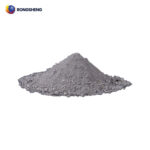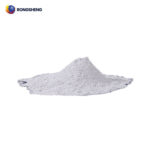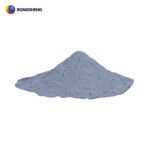Problems with Blast Furnace Iron Hook Castables
For large blast furnaces, Al2O3-SiC-C low-cement castables are used as the main trench working lining. Although the service life is continuously improved, due to the high pressure in the furnace, the molten iron flow rate is fast, and the high-temperature molten iron flow is drastically washed against the groove lining. The slag handling capacity is also large, and the working conditions are very demanding.
Due to the long baking cycle of low cement castables, at least one tapping groove per day is under pouring or baking and cannot be used.
For blast furnaces with only single iron mouth, the iron separation interval is short and the rest time is small. If low cement castables are used, sufficient baking time cannot be guaranteed, so most of these blast furnaces still use the bake-free iron ditch material.
The baking-free baking materials have the disadvantages of loose structure, poor oxidation resistance, low iron content, and high labor intensity on site.
In addition, there are also splicing installations using iron groove prefabricated parts, but there has been no good solution to the problem of joint treatment. Therefore, how to effectively solve the problem of the life of the iron slab of the single iron mouth blast furnace has attracted much attention.
But so far, there is no bake-free castable suitable for lining or repairing the iron sulcus, and there is no process plan and practice for lining the iron-free slag of the single-iron blast furnace.





